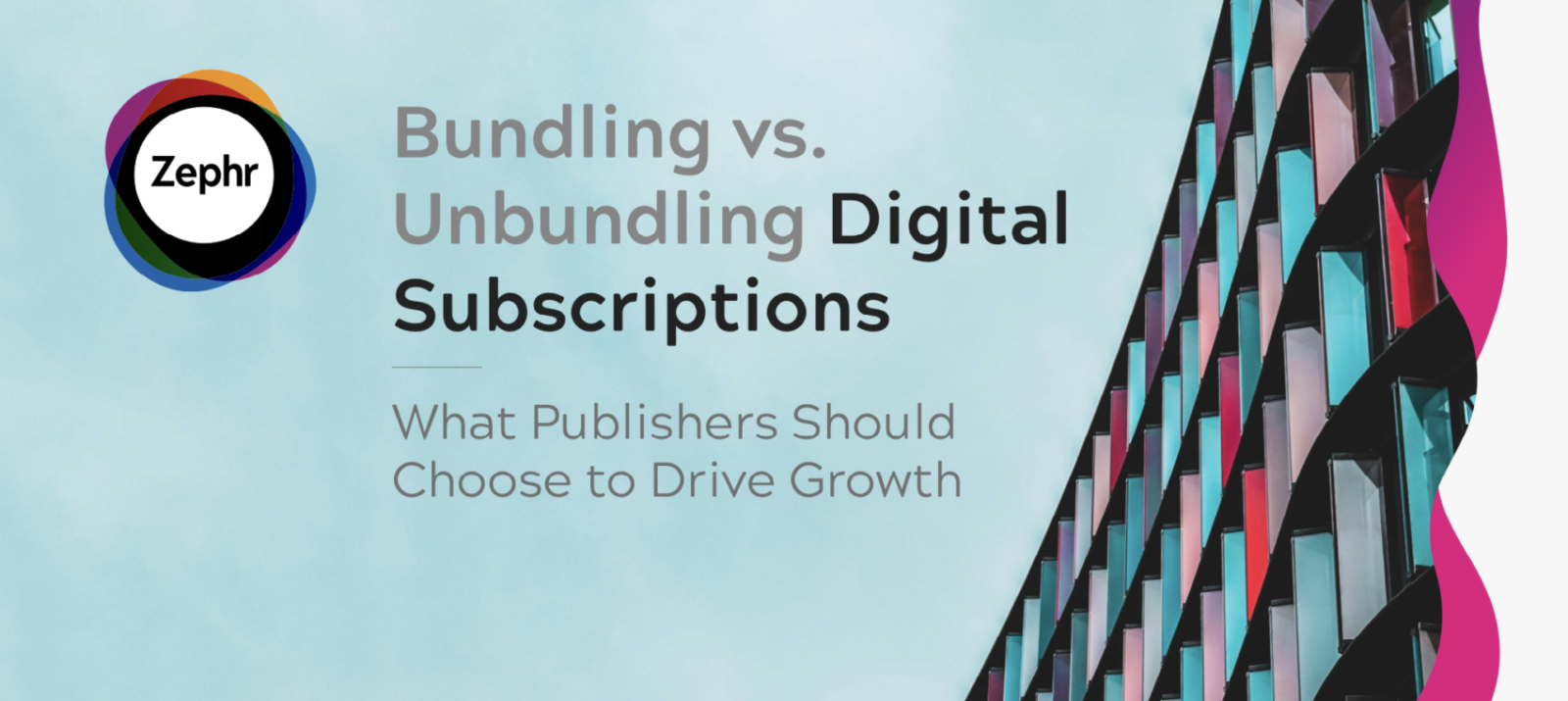Zephr: How to make sense of the subscriptions landscape, and the subscriptions journey
At the FIPP D2C Summit last month, Scott Howland, Global Director for Publishing & Media for Zephr, gave his insights into how to successfully navigate the current subscriptions technology landscape, and create the perfect subscriptions journey for audiences. Working with leading publishers around the world including News Corp Australia, The New York Post, Newsweek, etc., the company stresses that there are a wide variety of options available when it comes to subscriptions solutions.
Howland began the presentation by showing a slide from chiefmartec.com, highlighting the sheer size and scope of the broader global martech sector today. The ‘Martech 5000’ is now in fact a Martech 8,000, creating a headspinning landscape that is perhaps more reminiscent of a modern day computer game map than a traditional siloed media tech chart.
And it’s on this point that the Director starts, with advice on how to steer a course that’s right for your business:
“How do you go from a vendor-first approach, looking at technology, to actually what you care about for the business? So of course the immediate questions to ask become: What are your objectives? What are your outcomes? What capabilities do you want? What tech do you actually need? The key is about not buying tech for tech’s sake, but instead to meet your outcomes.”

In the area of subscriptions specifically, Howland emphasised that while this is a growing area of the industry, it is one that also still remains relatively new to many in the traditional publishing sector. Therefore, again dialling down some of the noise and beginning with the most basic logistical approach in mind is the key to setting out on the right path towards subscriptions success.
“Obviously subscription is a growing business. It’s a recurring relationship between a business and its customers, which we’re seeing not only in media and publishing, but also software, different industries, gyms, clubs, etc. It’s becoming more and more popular as a method of attaining increased revenues.”
“And essentially that journey remains the same as it always has done. It’s about moving users from anonymous to known, and then moving those leads or known users into customers, and then moving them into retention flows and making sure you drive that lifetime value. So the four key areas I always look at are: looking at anonymous users, moving onto registered and known, then onto customers or subscribers, and then looking at retention.”
With this in mind, metrics of course become a key consideration of any subscriptions strategy, and how a business actually monitors success and finds ways to make improvements to the journey, as Howland highlights.
“Everything comes back to customer lifetime value. So you have average transaction, purchases per year or whatever individual points may be, and then obviously the estimated length of that relationship. This is a basic example of lifetime value, but ultimately if you look at the lifespan of a customer alongside economic considerations like marketing budget, resources, profitability, that then determines Customer Lifetime Value or CLV. And you can both look at that historically and also use it to make future predictions.”

In a recent report that we wrote about here, Zephr examines some of the specific subscriptions offers available to publishers today. From content packages based around topic or author, to access provided in terms of timing or frequency, there are numerous different ways to approach the subscriptions offering to meet the needs of your specific audience.
Howland says that this is exemplified by the current debate within the industry surrounding introductory free trials, and there is no right or wrong answer to implementing this approach.
“What’s the business? What’s the value proposition within that? How much does it cost you to spinout that service in the form of a free version? I would say on the one hand it’s a great lead source, if you want people to go on and use it, that’s great. But, on the other hand, we’ve seen more and more with examples around TV offers and things like that where people know that they can go and get a free offer for a week and watch something and then not renew. It’s often more about how you engage with people during those free trials that determines whether or not you can move them into an engaged set.”
It was a session that emphasised simplicity, at a time when the sheer number of subscriptions tech solutions on the market today can often seem dauting. In closing, Howland reiterated the importance of taking an approach that was best suited to your business outcomes.
“Someone can always tell you the features that they think you need. But why do you need 10-20 different features, when actually it’s only two that’s going to help you get towards your outcomes. Yes, there might be a lot of future usage, but again you’re futureproofing ahead of time if that makes sense. So it’s something you just need to think about and again, the more features that are there, the more complex things are.”








